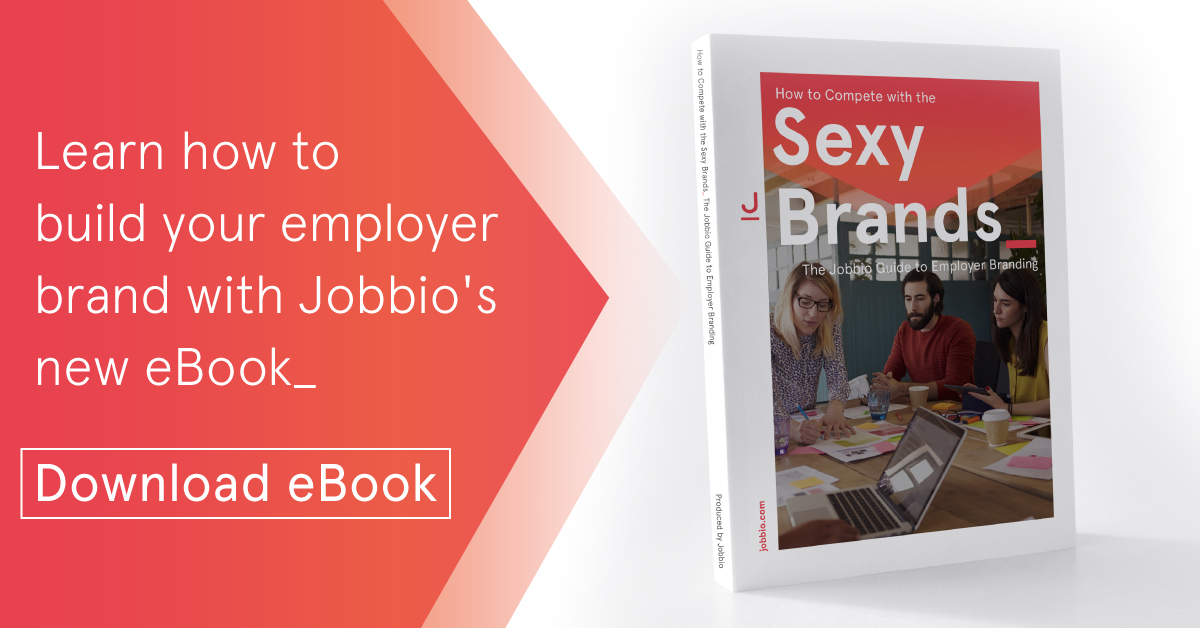What is workplace diversity? We hear a lot about the importance of championing diversity and inclusiveness and about having a diverse and collaborative team. But what does ‘having a diverse team’ actually mean?
The inclusion of people from a variety of ethnicities, genders, sexualities, age groups, disabilities, religions and socio economic backgrounds? Yes, but it goes beyond that. In an era of increased globalisation, evolving family structures and highly developed tech, we are seeing a naturally more diverse work environment. People are working remotely, internationally and with a wider span of generations than ever before.
If diversity is moving towards the norm, is inclusion becoming the more prevalent issue? And if so, is this reflected at the highest levels of an organisation? The best indicator of a diverse, inclusive team is one where diversity of thought and experience is represented at all levels and employees are comfortable in their own skin. How is this judged?
How to assess workplace diversity
In some cases we are so unaware of our unconscious bias that we can’t accurately assess how diverse our team is or else we recognise the value of inclusion in theory but fail to apply it to our own situations. How can you tell if your company is truly diverse?
Ask employees for candid feedback
Don’t underestimate the value of inside information. Find out how your team see themselves in terms of workplace diversity. Ask them for a real assessment and make sure it’s in a safe environment. Employees will be more forthcoming if they are assured feedback will be confidential. Conduct anonymous surveys that ask for honesty regarding team culture, inclusion and hiring and promotion processes.
Fully use HR
If possible access data surrounding team make-up. While certain details won’t be disclosed, such as a person’s sexuality or religious beliefs, other information pertaining to education, ethnicity and gender can be helpful in determining workplace diversity. Look at stats related to employee grievances, retention, pay increases and promotions.
Having the hard and fast numbers can make a pattern easier to see and harder to deny.
Bring in a third party
Use a third party to appraise your company and give an unbiased, outside perspective on hiring, team dynamics, decision making and rewards. You may uncover problems in areas you weren’t even looking.
Airbnb recently hired Laura W. Murphy, a former director of the American Civil Liberties Union in Washington to investigate racial bias on their platform. This followed the publication of a Harvard Study which indicated that people of colour found it more difficult to rent rooms through hosts on the site. They released the report discussing her findings and among them was a recommendation that diversity could be improved not just on the platform but in their workforce too.
Compare yourself
Look at the teams of your competitors and see how you measure up in comparison. What’s the industry benchmark? If you are lagging behind, ask why this might be the case. What is it that you are doing differently?
Evaluate your reward and incentive schemes
Who typically gets promoted in your team? What criteria are they assessed on? If you are considering a number of people for promotion, you need to give feedback to the unsuccessful candidates as to why they were not chosen for the position. This is a good way to evaluate the fairness of the process from both a managerial and employee perspective.
Similarly, ask yourself if your reward scheme is objective and considerate of all team members? Do you offer equal opportunities for all your team to flourish? For example if you offer bonuses to employees who work extra hours, are you discriminating against single parents who can’t stay in the office late? If an employee’s pay is determined solely by their qualifications, does that discriminate against people from disadvantaged backgrounds who would not have had access to the same educational opportunities?
Key questions in determining workplace diversity:
- Does the sentiment “it’s how we’ve always done it” come into play during decision making processes?
- Do employees underplay elements of their identity at work so as not to upset the apple cart?
- Do you measure up to your competitors in terms of diversity?













